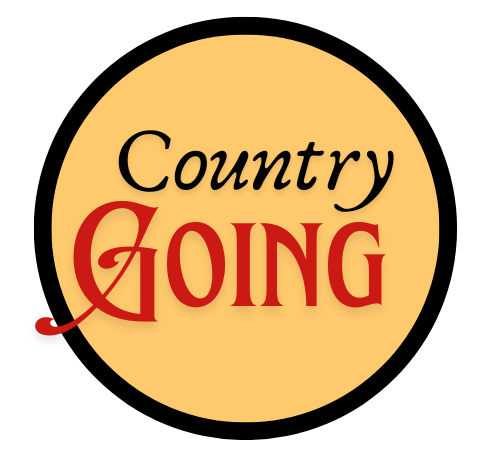If you’ve been with us for a few decades, you’ll probably know that the summer of 1967 is often called the “Summer of Love” because it was a cultural turning point filled with peace, protests, and unforgettable music. Let’s take a look at some of the many tracks that defined the spirit of that unforgettable summer.
“San Francisco” by Scott McKenzie

No song better captures the vibe of the Summer of Love than this folk-inspired classic. Written by John Phillips of The Mamas & the Papas, it became an anthem for those flocking to San Francisco in search of peace, love, and a countercultural community. Its gentle melody and heartfelt lyrics invited listeners to join the movement, making it the unofficial theme song of the summer.
“All You Need Is Love” by The Beatles
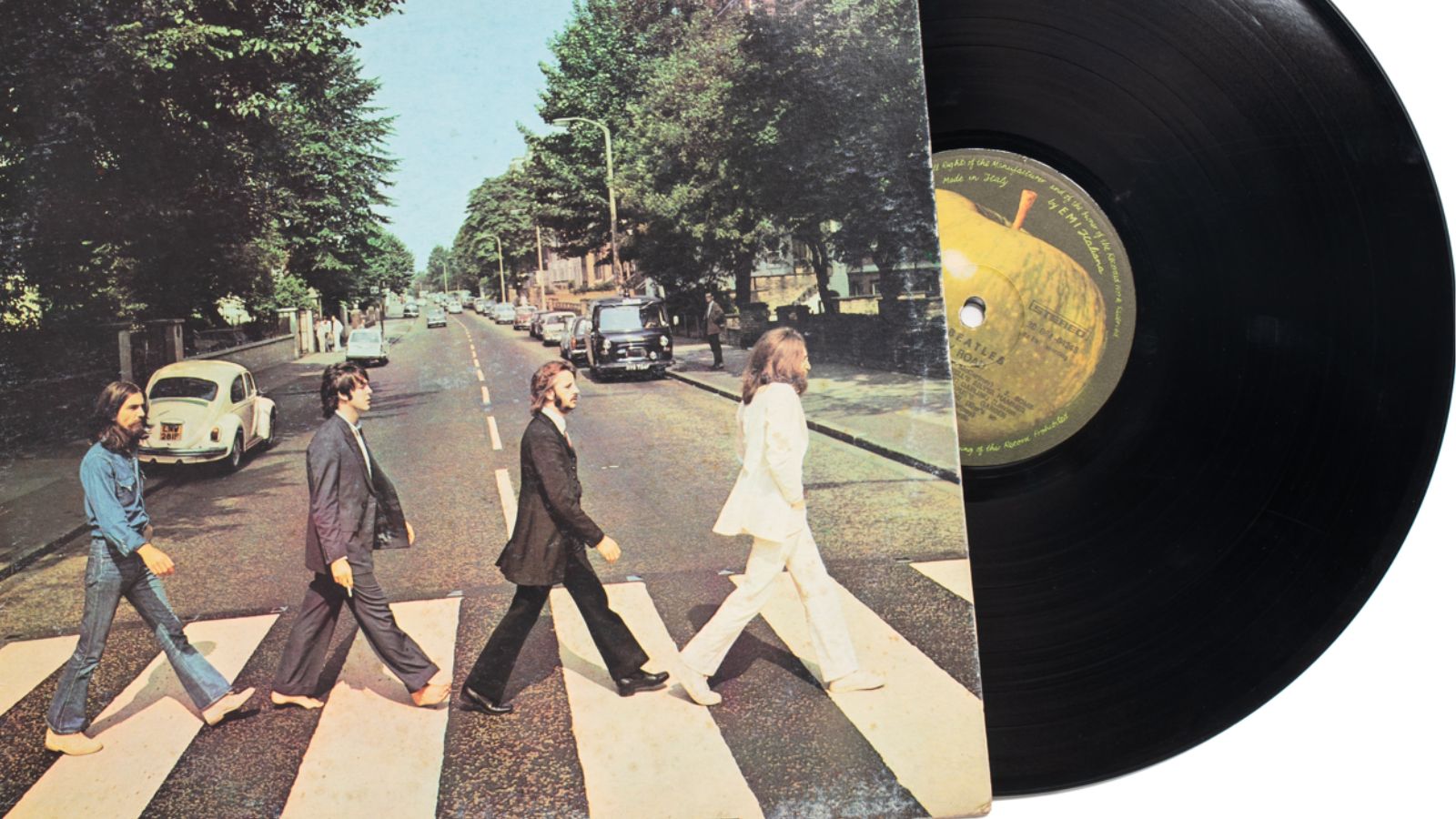
Released in July 1967, this song was a unifying call for peace during a turbulent time. It premiered during the first-ever live global television broadcast, and its simple yet profound message resonated with people all over the world.
The Beatles managed to capture the optimism of the era, reminding everyone that love was the answer to the world’s problems.
“White Rabbit” by Jefferson Airplane
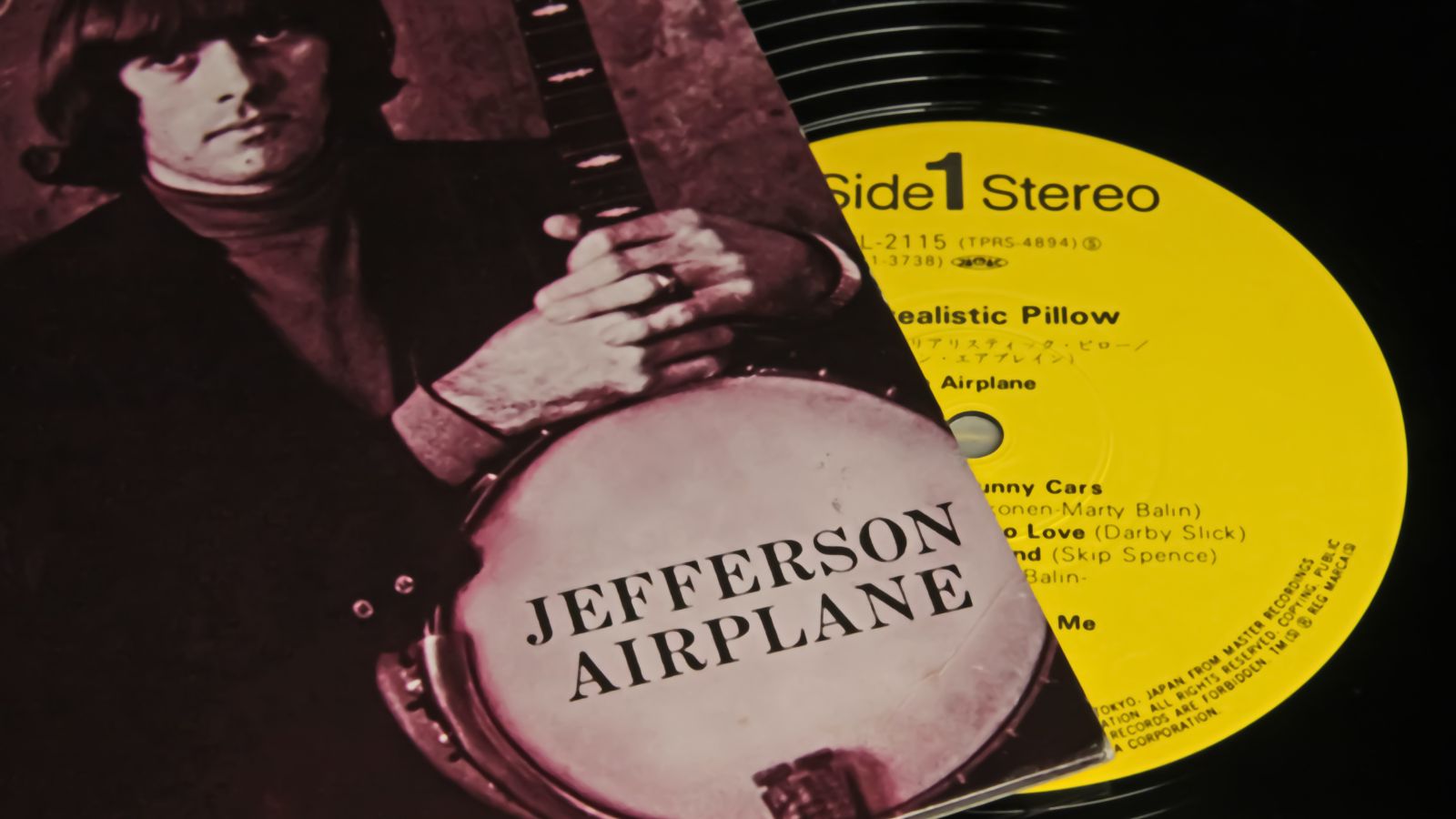
Psychedelic rock was on the rise, and Jefferson Airplane delivered one of its most iconic songs with “White Rabbit.” Inspired by Alice in Wonderland and the counterculture’s embrace of mind-expanding experiences, it perfectly encapsulated the era’s experimentation and rebellion against traditional norms.
“Respect” by Aretha Franklin

Aretha Franklin’s powerhouse anthem wasn’t just a hit: it was a demand for equality and respect that resonated with both the civil rights and feminist movements. Originally written by Otis Redding, Aretha’s version transformed it into an empowering anthem for change.
“Somebody to Love” by Jefferson Airplane
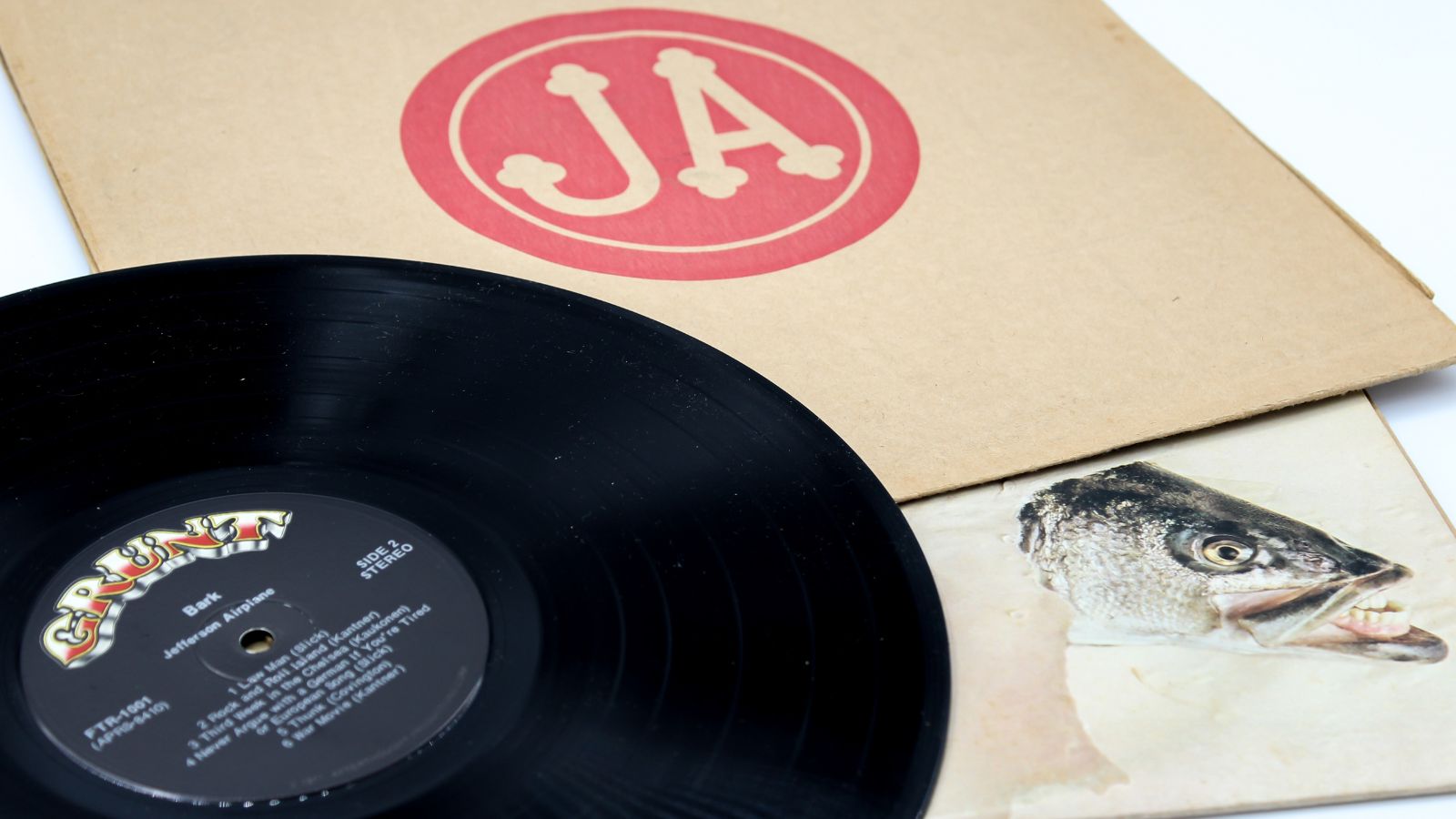
Jefferson Airplane had a massive summer with not one but two anthems. “Somebody to Love” spoke to the longing for connection and the deeper truths behind the Summer of Love’s ideals.
“Light My Fire” by The Doors
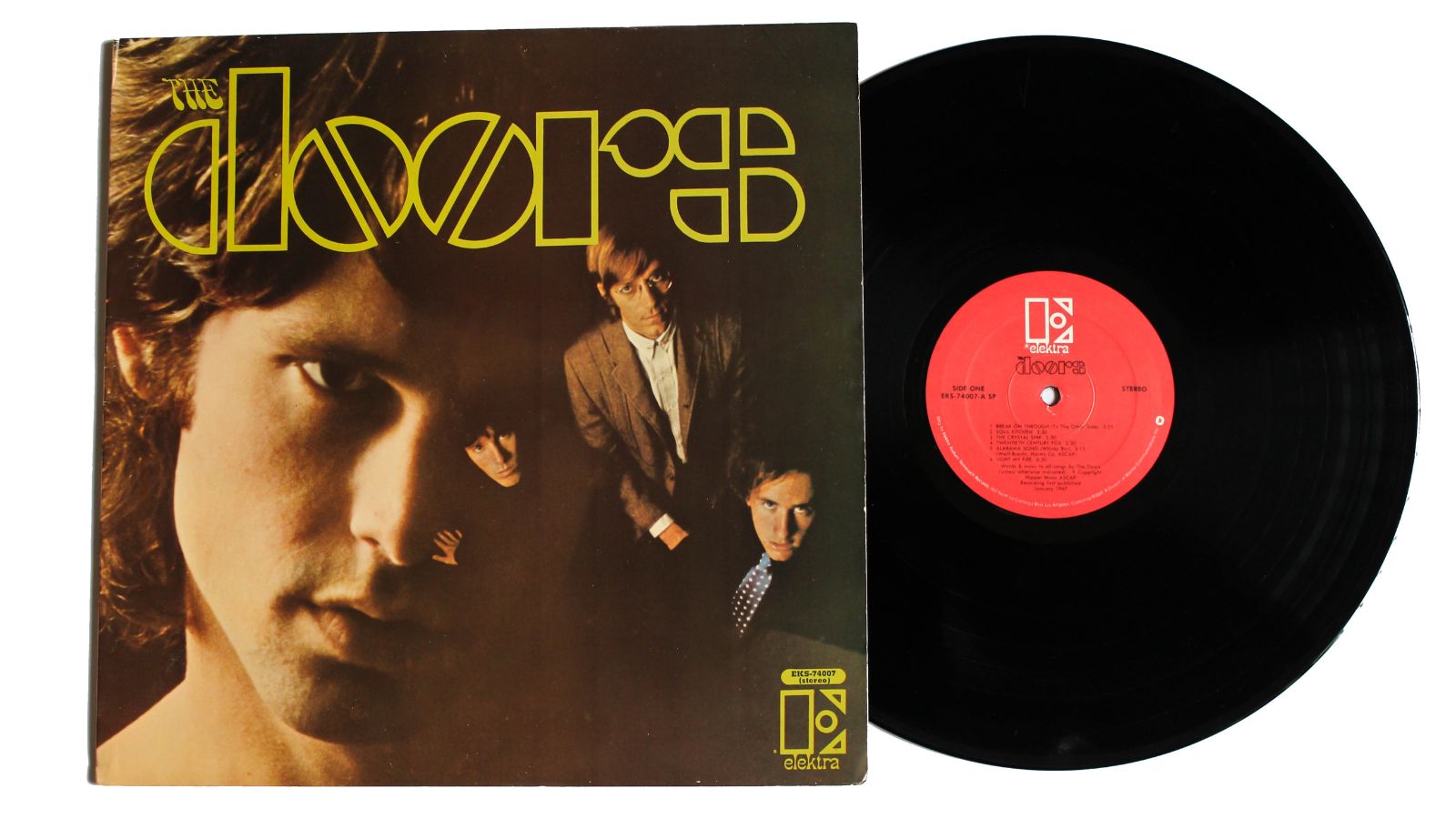
The Doors exploded onto the scene in 1967 with “Light My Fire,” a track that perfectly captured the sultry, rebellious spirit of the Summer of Love. Its hypnotic organ riff and Jim Morrison’s smoldering vocals made it an instant classic. The song’s extended instrumental break became a hallmark of the psychedelic rock movement.
“For What It’s Worth” by Buffalo Springfield

Though it was released in late 1966, “For What It’s Worth” became an anthem for the protests and demonstrations that defined 1967. Its haunting lyrics about social unrest and calls for awareness made it a rallying cry for those fighting for change.
“Groovin’” by The Young Rascals
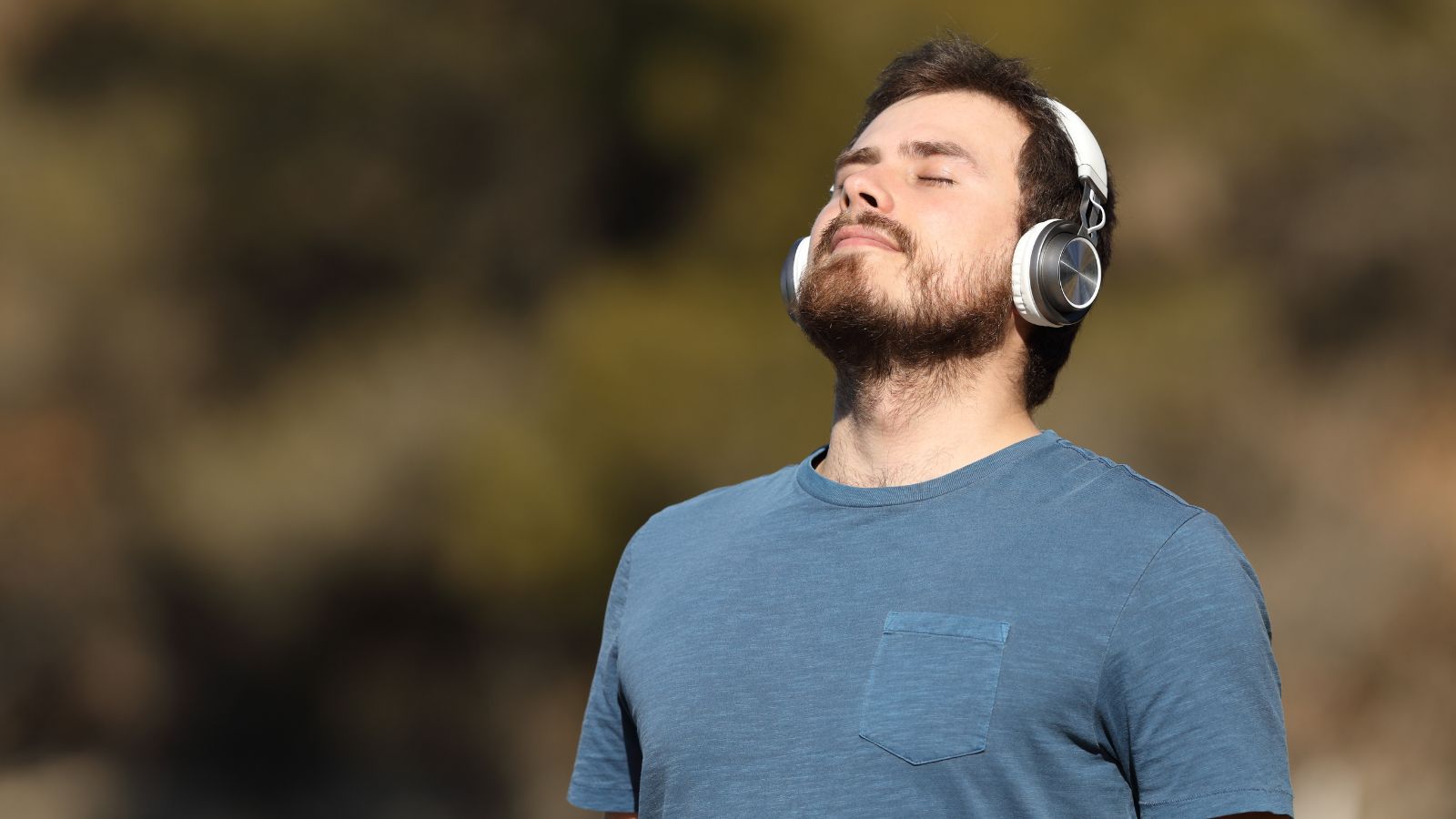
A breezy, soulful ode to carefree afternoons, “Groovin’” perfectly encapsulated the lighter side of the Summer of Love. Its mellow rhythm and joyful lyrics made it an instant feel-good hit that offered a gentle reminder to slow down and enjoy life’s simple pleasures.
“Purple Haze” by Jimi Hendrix
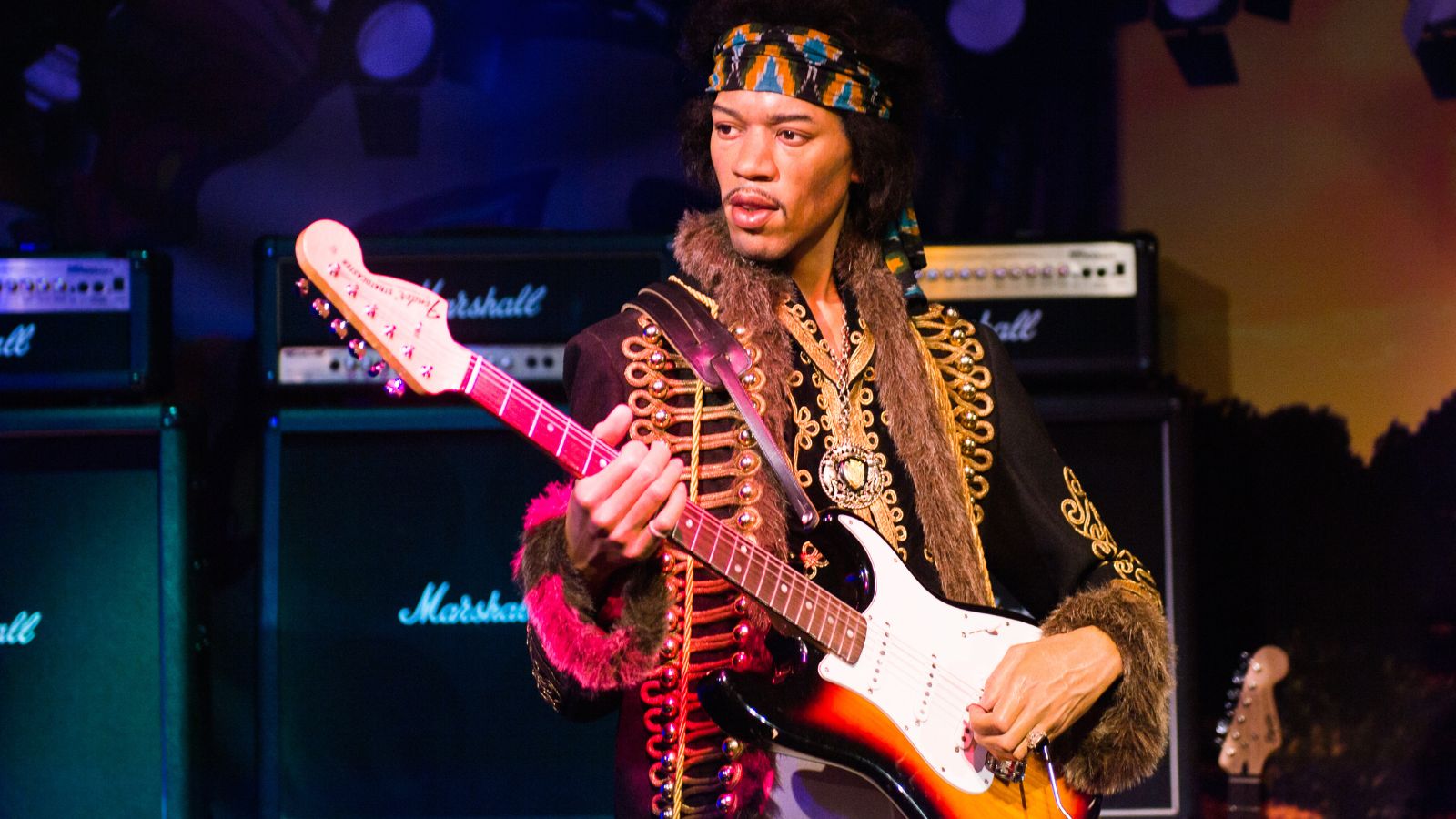
Jimi Hendrix redefined the boundaries of rock with “Purple Haze,” a song that was as experimental as it was electrifying. Its iconic guitar riff and surreal lyrics captured the mind-expanding ethos of the time.
Hendrix’s groundbreaking style made him a symbol of the era’s creativity and rebellion, cementing his place as a musical revolutionary.
“A Whiter Shade of Pale” by Procol Harum
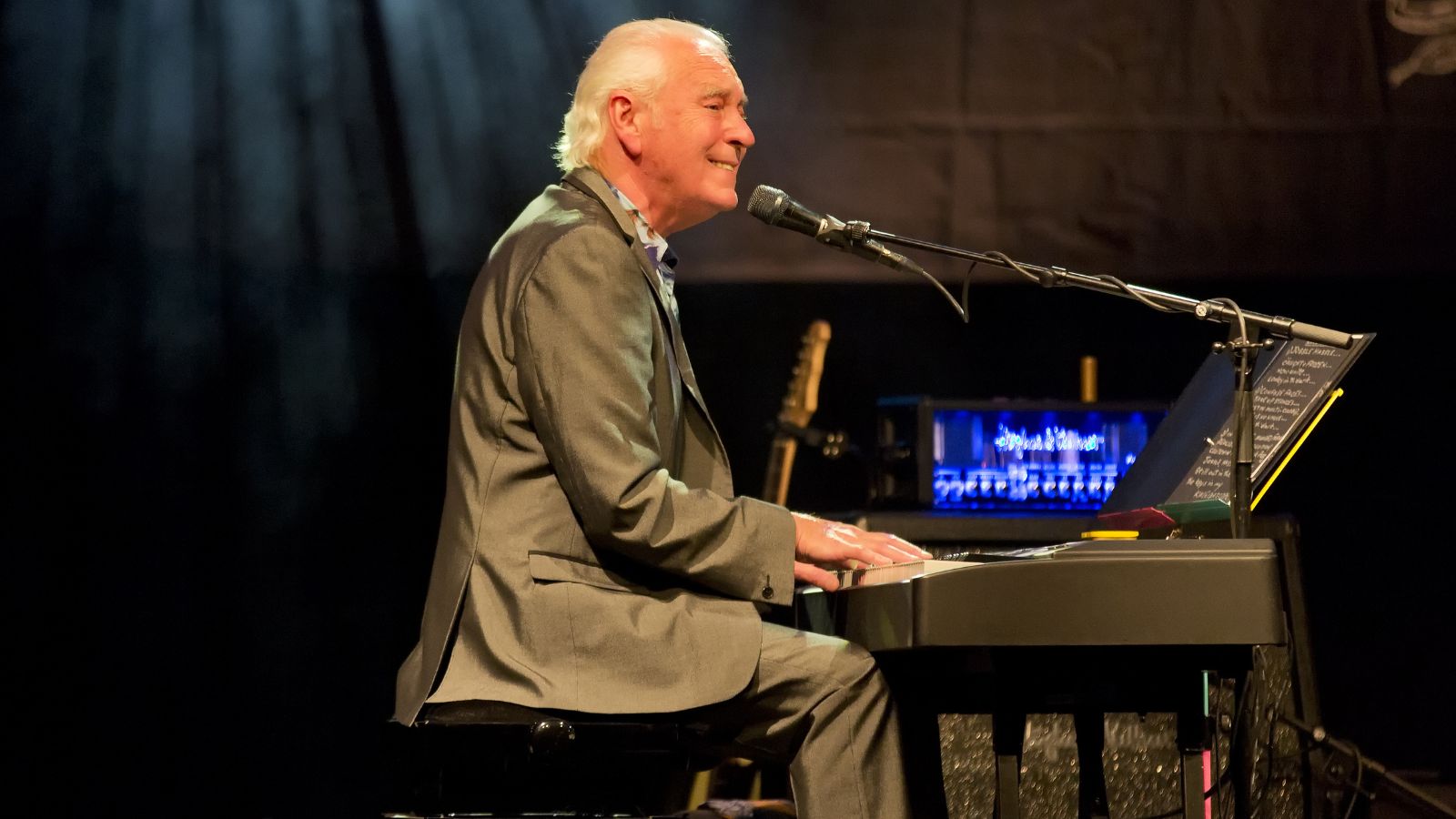
The ethereal melody and poetic, enigmatic lyrics of “A Whiter Shade of Pale” made it one of the defining songs of 1967. Its Baroque-inspired organ arrangement set it apart from anything else on the radio, making it a favorite among those seeking music with deeper emotional resonance.
“Happy Together” by The Turtles

Few songs capture the euphoria of young love like “Happy Together.” Its infectious melody and whimsical lyrics made it an instant favorite, offering a dose of pure joy during a time of turbulence.
The song’s upbeat energy and hopeful message were a perfect match for the era’s focus on love and connection, making it a quintessential summer hit.
“Brown Eyed Girl” by Van Morrison
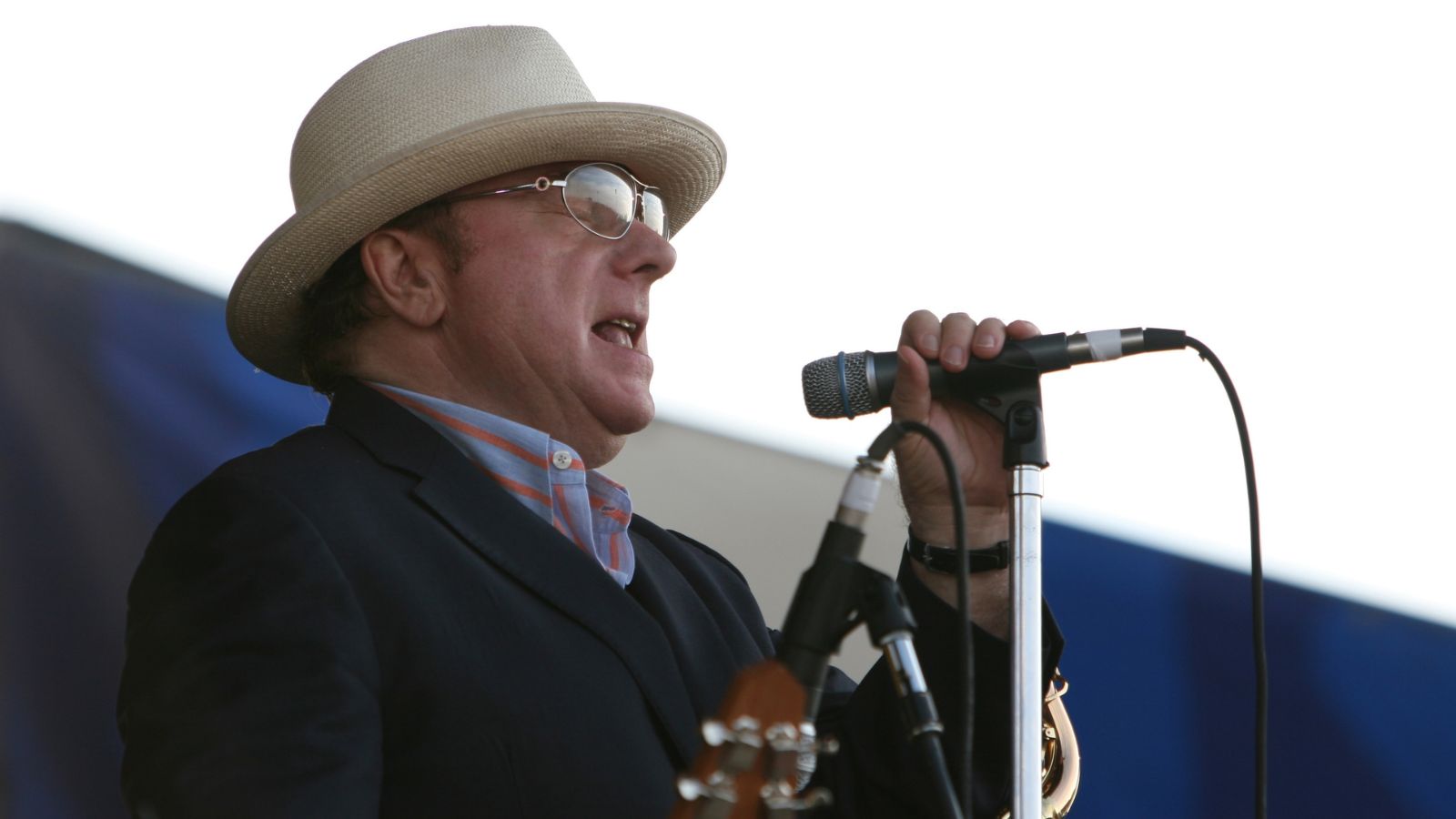
Van Morrison’s “Brown Eyed Girl” became a timeless celebration of youth, nostalgia, and romance. Its upbeat rhythm and catchy lyrics made it a staple of summer playlists, while its playful, carefree vibe perfectly suited the mood of 1967.
“Sunshine of Your Love” by Cream

Cream’s “Sunshine of Your Love” blended blues and rock in a way that felt fresh and innovative. Its unforgettable riff and sultry lyrics made it a standout track of the era. The song’s hypnotic groove captured the feeling of passionate, summer love while showcasing the band’s technical brilliance and creative spirit.
“Ruby Tuesday” by The Rolling Stones
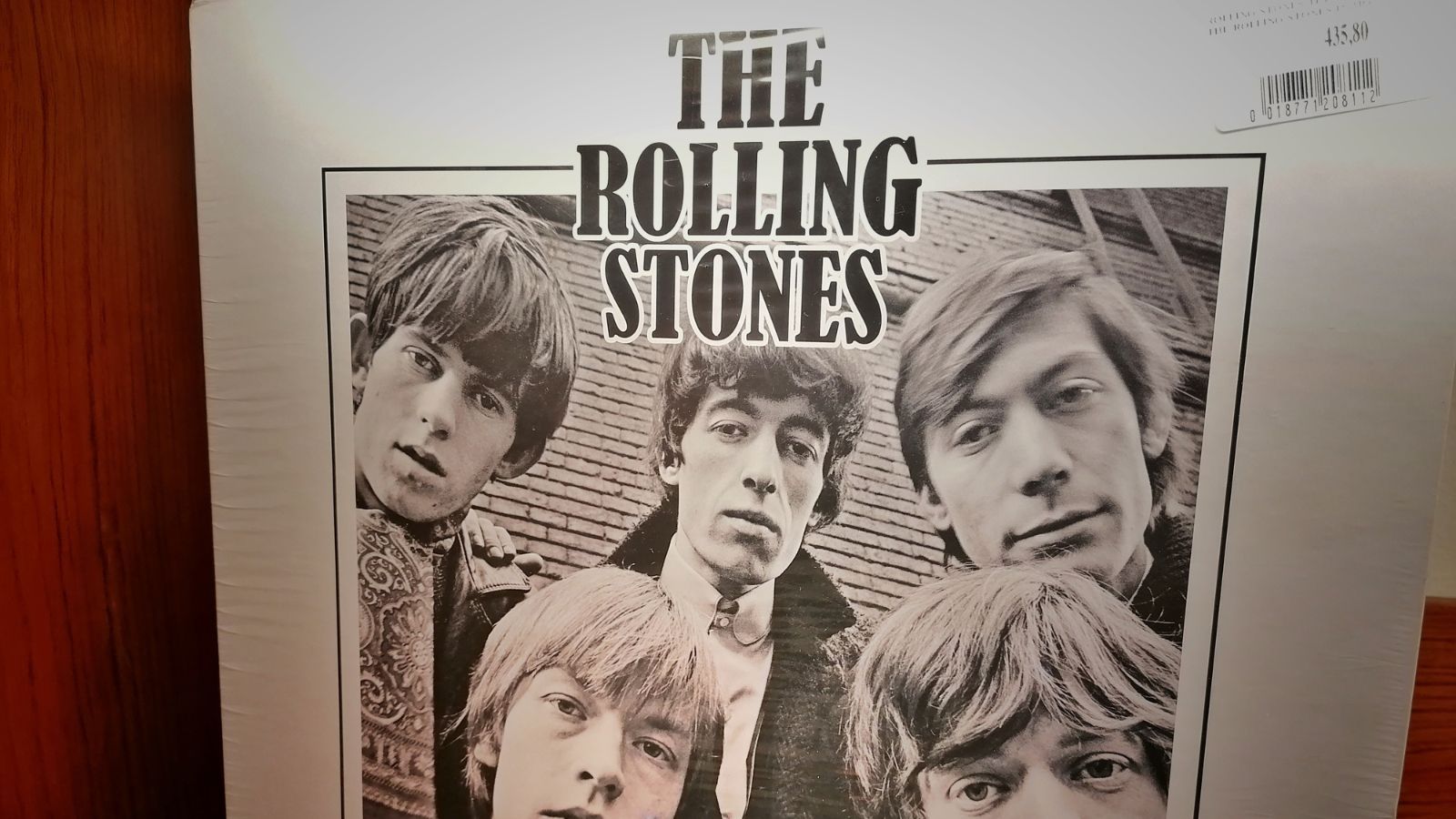
Released earlier in 1967, “Ruby Tuesday” showcased a softer, more introspective side of The Rolling Stones. Its dreamy melody and reflective lyrics resonated with audiences looking for deeper, more emotional connections in music.
“Let’s Live for Today” by The Grass Roots

“Let’s Live for Today” became an anthem for embracing the present moment, a message that aligned perfectly with the ideals of the Summer of Love. Its urgency, driving beat, and optimistic chorus inspired listeners to focus on love and unity.
